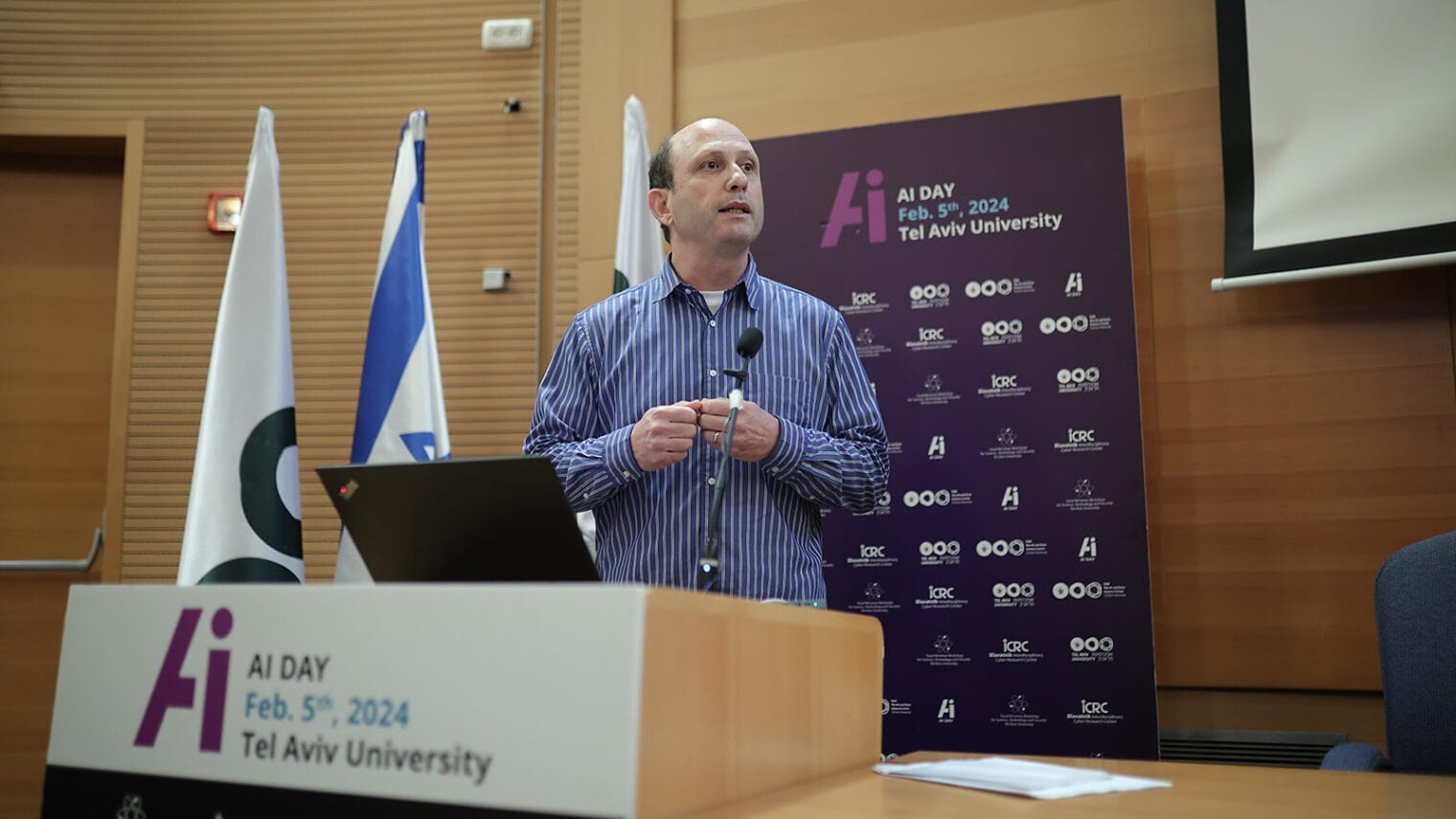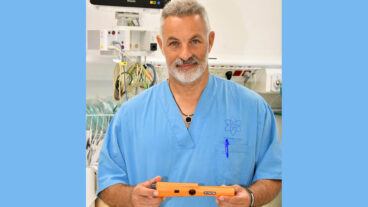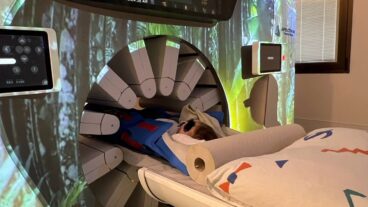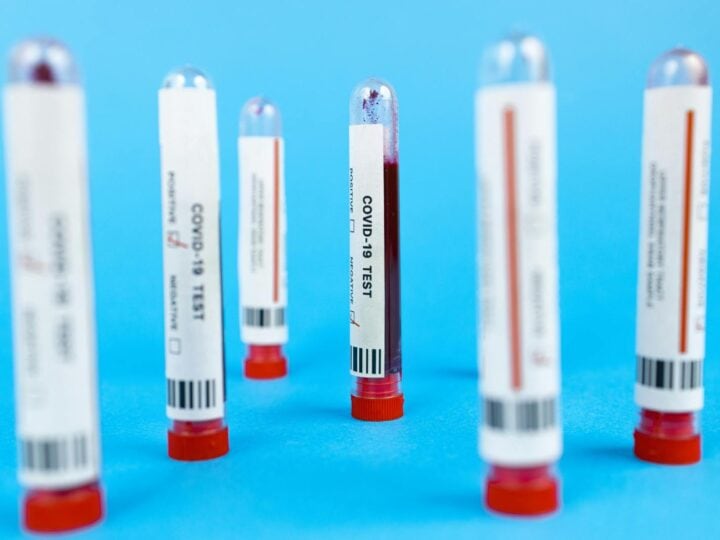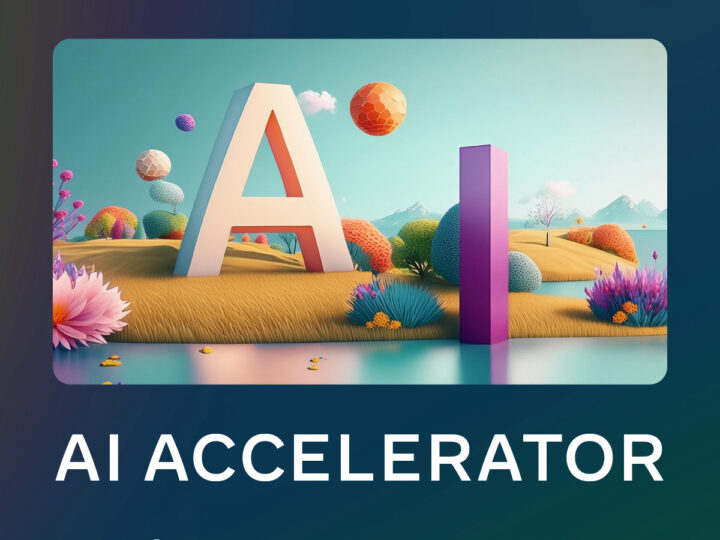Like Clark Kent and Superman, Prof. Noam Shomron applies his superpowers – in this case, artificial intelligence expertise — to the greater good in two wildly different arenas.
By day, he heads the functional genomic team at Tel Aviv University’s medical school. His team combines biology, computational biology and clinical questions to help healthcare practitioners better understand the human body in health and in disease and make better bedside decisions.
By night (and often weekends too), he works at the IDF forensic lab trying to identify fallen soldiers with the barest of DNA evidence.
Speaking at the recent AI Day led by the Blavatnik Interdisciplinary Cyber Research Center with the Tel Aviv University Center for AI and Data Science, Shomron said that both his tasks are ultimately about building resilience.
“Resilience is the capacity to withstand and recover quickly from difficulties, and needless to say we are in very difficult times now,” he said.
“We have expressed our resilience also in other times, such as the Covid-19 pandemic. Only one year from the declaration of the pandemic, the first vaccination came out, which was incredibly fast.”
Reading, changing DNA
The ability to read DNA started only about 20 years ago. In the past decade it has become possible to understand, through computational biology, what happens to DNA when there’s a mutation, and to use a method called CRISPR to change DNA.
This couldn’t happen without AI to help us interpret the vast data in our cells.
“The human body is built of billions of cells, and every cell has three billion nucleotides of human code. And also in our blood we have tiny pieces of DNA, about 150 nucleotides long, billions of short sequences.”
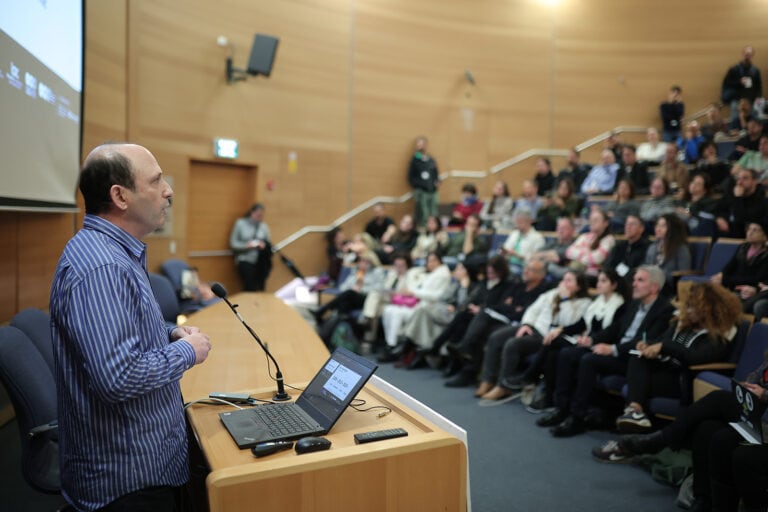
Shomron’s lab can use AI tools to translate the DNA of two parents and a child into a code and examine the code to find a mutation that could cause disease.
“It’s actually turning biology into a digital message on the computer and then using the computer’s AI, a kind of brain, to understand the digital message and turn it back into biology,” he said.
AI also allows, for the first time, distinguishing between the DNA of a pregnant woman and her baby. This makes it possible to screen for birth defects and inherited diseases through noninvasive prenatal diagnosis (NIPD) rather than risky procedures such as amniocentesis.
“At week 10 of pregnancy, there is a ratio of nine pieces of mother’s DNA versus one piece of embryonic DNA, altogether billions of nucleotides. What we developed in our lab is a super-resolution NIPD where we read billions and billions of tiny pieces of DNA from a blood sample, with the ability to separate the mother’s DNA from the embryo’s DNA,” said Shomron.
“Current NIPD is like looking at planet Earth from outer space. What we do is like double clicking on Google Earth and seeing a particular continent, country, street and house. We can see every nucleotide of the future embryonic DNA,” he says.
“We can identify a specific embryonic DNA from beginning to end and also we can identify pregnancy-related diseases such as preeclampsia, very early in development.”
Shomron said that resilience will be boosted by “changing our medicine to proactive, not reactive, so that maybe we can catch problems ahead of time.”
His night job
Shomron showed a picture of his smiling lab team before October 7, and another showing a nearly empty lab after October 7.
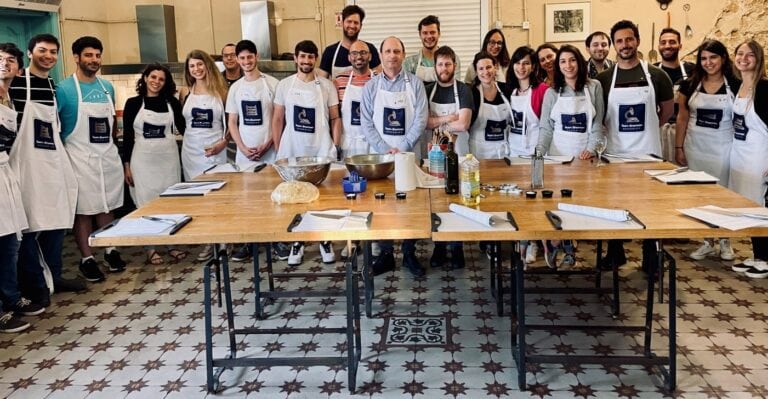
Some of the members are on military reserve duty. Others are helping displaced families.
Shomron himself is putting in a lot of time at the IDF forensic lab.
“My day job at the university is teaching and researching. My night job is in the forensic lab where we have been running many tests for the past four months,” he said.
“We take the DNA of a particular soldier from a blood sample given during recruitment, and compare this DNA to DNA that we find in the field. We look at about 20 variable regions in the DNA to get an extremely unique signature of that person. We can compare one to another and find matches.”
Again, it’s AI that enables the reading and mostly rapid comparison of DNA codes from end to end.
“Obviously you don’t always need DNA [to make an identification] but with the devastating events of October 7, DNA really comes to the rescue,” he explained.
“The challenge is that we’re looking at tiny pieces of DNA. They are tiny because many of them are degraded or burned and of very low quality. You can have an overlap of DNA, a partial DNA, or a DNA of a person that doesn’t have a reference to compare it to and then and you have to compare it to DNA from family members. So you have to apply AI tools to find or separate the multiple genomes you’re looking at.”
AI and PTSD
“Because of the terrible events of October,” Shomron continued, “we are trying to decide if we should put more emphasis not only on identification but also taking care of future soldiers and civilians.”
For instance, Shomron is involved in a longstanding study with Prof. Talma Hendler attempting to determine the resilience of individual soldiers and their susceptibility to post-traumatic stress disorder (PTSD).
Hendler does functional MRI (fMRI) studies to see changes in the soldiers’ brains during certain activities. Shomron’s lab translates the results into molecular events.
The eventual goal: a simple blood test to predict a soldier’s likelihood of developing PTSD so that early preventive intervention can be done.
“Another study we are carrying out is on different types of therapies. One is THC, the active ingredient in cannabis. We see that THC alleviates symptoms in mice suffering from depression or PTSD or other diseases. We are going into their brains and checking changes in mRNA to show we can affect the gene expression in the brain,” said Shomron.
“We work to combine medicine and AI to show that we can try, with resilience, to overcome these difficult times. We really believe our concept has changed since October and we have to focus our studies more on PTSD and depression,” he said.
“And in spite of everything, we have to keep going. This is our resilience.”




